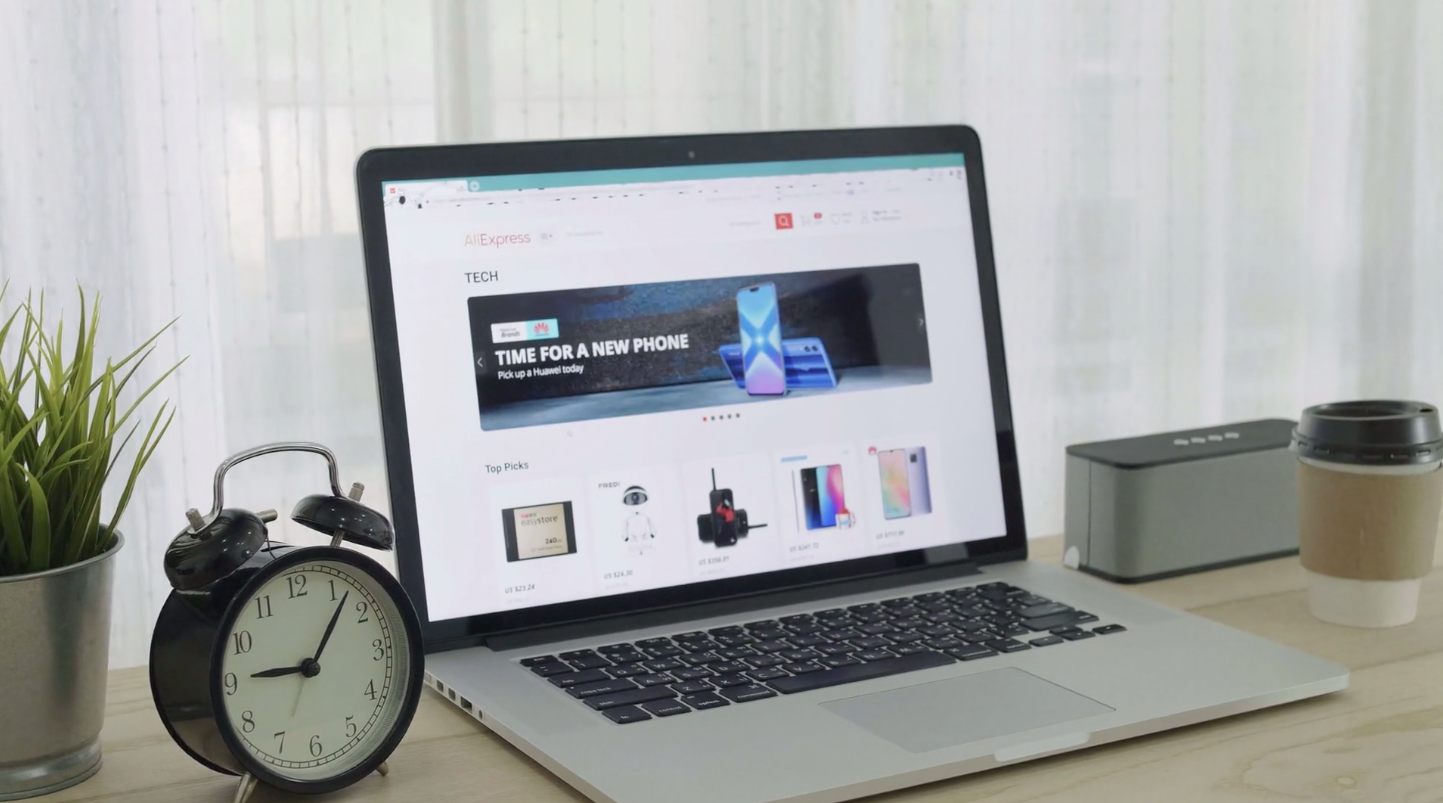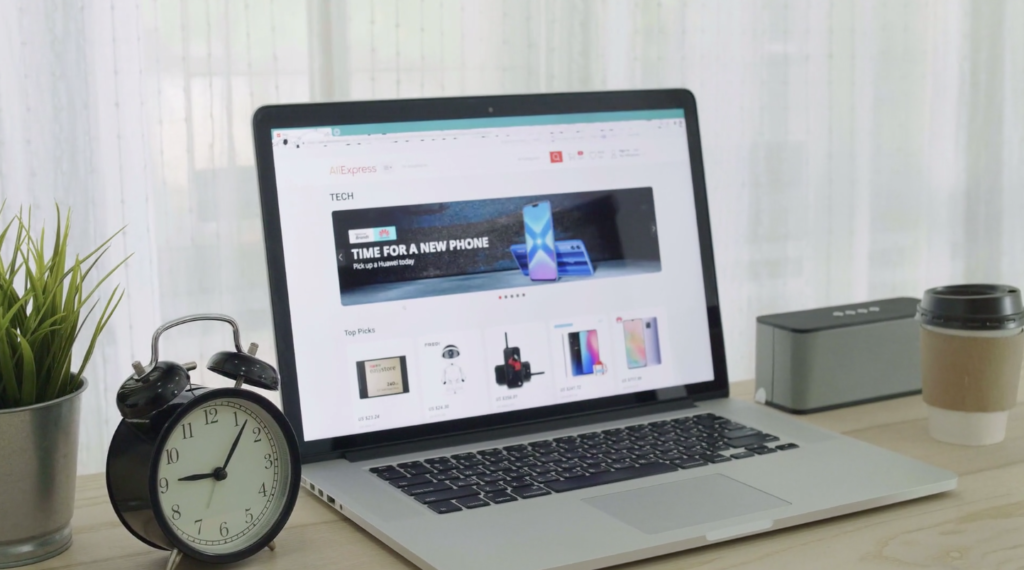
A variety of marketing tools are needed to effectively gain as many website visitors who can then be converted into customers. Yet, there is a powerful marketing tool that many companies overlook when deploying website updates and marketing campaigns.
This may be the case because there is such a strong emphasis on creating more keyword-relevant text in order to increase rankings and encourage visitors along the path to purchase. Text content is indeed an integral part of any brand-building and marketing strategy, but it should not overshadow the value of visually rich media in an internet marketing plan.
And while marketing video offers an appeal that many companies are utilizing on their websites, social pages, and other places online, they are still neglecting the value of images. Images can be a powerful way to gain attention and interest, and they should be included on virtually every page of a website as well as in other branded content online.
Where Should Images Be Placed?
Most companies know to feature images on the homepage of their website or as part of the header as well as product listings. Often, far fewer if any are added to the landing pages or other parts of the site where text is heavily featured.
This can be a mistake. Images help break up the text, balance the flow of information, and drive home concepts and ideas communicated throughout the page.
Images can be used for branding and to catch the attention of visitors. Graphics and other types of images can be used to illustrate concepts that might be cumbersome to explain with text, such as how a product is measured or how a service is carried out in a certain sequence.
In addition to fostering clarity of ideas, images can prompt a visitor to take action to avoid an undesirable state or achieve a positive one. This helps to boost conversion rates, build customer confidence towards purchasing decisions, and will encourage longer, more meaningful engagement.
That’s why images should be included strategically along the path to conversion. Whether the goal is to communicate technical information or to foster a sense of urgency or trust, careful consideration should be given to when and where this needs to happen on a website, while the overall design should be based on the broader impression or mission of a brand.
Are Images More Engaging Than Text?
Text is useful for providing visitors with information and encourage sales, but images can have a much bigger impact on the emotions that initiate and complete the purchasing decision.
Human brains are simply wired to take note of images faster than they translate words into meaning and concepts, so any visitor to the site is going to zero in on the images before reading and considering the ideas contained in the text. Humans are naturally attracted to colors and faces.
Both human faces and colors can evoke certain emotions from visitors, which gain their attention, keep them engaged, encourage them to make a purchase.
Another important way images can help is that they’re more memorable than text. Photos and graphics are easier for most people to recognize and then recall at a later time. This is very useful for branding and long-term impressions.
When a visitor sees a memorable image that’s associated with useful information, they’re more likely to maintain that connection between the emotion, the helpful information, and the provider of a solution. This creates a positive impression and can help encourage someone to make a purchase or contact the business when the offerings are most relevant to their needs and want.
This is why using text and images as a combined conversion tool can yield high returns and results for building a brand and driving more sales.
How Images Impact SEO
SEO focuses on using a variety of techniques during the design and building phases of a website to help optimize it. This means it will rank higher in the search engine results for a variety of keywords.
Without optimization, the website may not appear on the first page of results, which means it’s unlikely that potential customers will see it when they search for providers of a product, service, or solution. While optimization generally focuses on the text and keywords, images will factor into this process.
Images can include keywords in their file name, title, description, and more. This helps search engines associate the image with the keywords and vice-versa, which sends the right signal to show that a website and landing page are related to certain search inquiries.
Images can also be used as a backlink opportunity, which can add another level of optimization. The image itself or the caption can include a link, keyword, etc. This provides search engines with another point of reference for associating a website with certain keywords.
And in general, landing pages with more diverse media, including text, images, and video, will gain more favorable rankings. This is due in part to the increased dwell-time from visitors, which sends the right signals to search engines that a page contains useful and valuable information.
Image-Sharing And Social Networking Platforms
Webpages aren’t the only place to use images for marketing purposes. Image-sharing websites and social networking platforms provide many opportunities to drive more traffic to landing pages and gain brand recognition.
Today, social networks are at the front of many online marketing strategies, as customers can share content created by the business and find entry points on paths to conversion. When posting to connect with potential customers and followers, it’s beneficial to include images to create impressions that reach farther and travel faster.
Attempting to do so through text alone will yield lesser results.
Studies have shown that images along with text on social networking sites can lead to a more than 100 percent increase in comments on the post as well as a click-through rate that’s more than 80 percent higher. Images capture the attention of viewers better than text alone.
When images are used on social networking sites, there is a huge increase in engagement with viewers, which leads to more visitors and higher conversion rates.
On image-sharing websites, the right image makes a difference. These websites allow users to share and comment on images they like. The images can link back to landing pages and build a business’s branding to help gain more attention.
Evaluating A Website’s Images
It’s not enough to have just any images on a website; it’s important to evaluate individual webpages, blogs, and social posts to make sure all images measure up to quality standards and are used effectively.
Care should be taken to ensure a good balance of images, videos, and text. They should not be lacking or excessive on any one page or post. Then it’s important to ensure that all images are high quality and high resolution and that they are truly relevant to the topic and the targeted viewer.
While there should be consistency, repetitively used images or aggressive marketing of anyone offering, can lead to brand fatigue, which will not gain or maintain the attention of potential customers. For example, a social media follower may be very eager to see images of new products, including individual features and options, but they will quickly lose interest if every post or page includes an image of a company facility, the company logo, or other brand-centric subjects.
It is useful to periodically evaluate the images connected with your company to ensure they are delivering the right impression and that they are delivering enough of an impression. Then checks should be performed to ensure filenames, captions, display sizes, and other factors are correct based on where they appear.
Once all current images and their placements have been evaluated, it’s time to look at where there is room for additions, if not a complete update or overhaul to best reflect and grow the brand.
Hire A Pro Instead Of DIY
Acquiring images for marketing purposes seems easy enough, but it needs to be done right to be as effective as possible. Business owners who want to take full advantage of this marketing technique will want to consider whether they prefer a self-managed, DIY approach or if they’d prefer working with a design and marketing professional.
Both are viable options, but hiring a professional may yield higher returns for companies that are series about their brands or campaigns.
With a DIY approach, the business owner has full control over the images on their website. They’ll need to create images, determine the correct placement, and make sure the images are optimized. They’ll also want to create and use images on social networking sites.
The downside to this option is the time required and the risk of any lacking experience or skill being apparent to potential customers. The main benefits are cost savings and the ability to retain close control over the images.
Alternatively, design and marketing professionals have the tools and experience to get results and usually much faster than self-managed options. These professionals already know how to design unique images that achieve the greatest impact for whatever the goal is.
Professional photography and/or image editing and graphic services can carry quite the cost, but the quality in the results will be apparent and there is no DIY learning curve. For companies that wish to create a more reputable impression, a professional-level image-producing service is a better investment.



